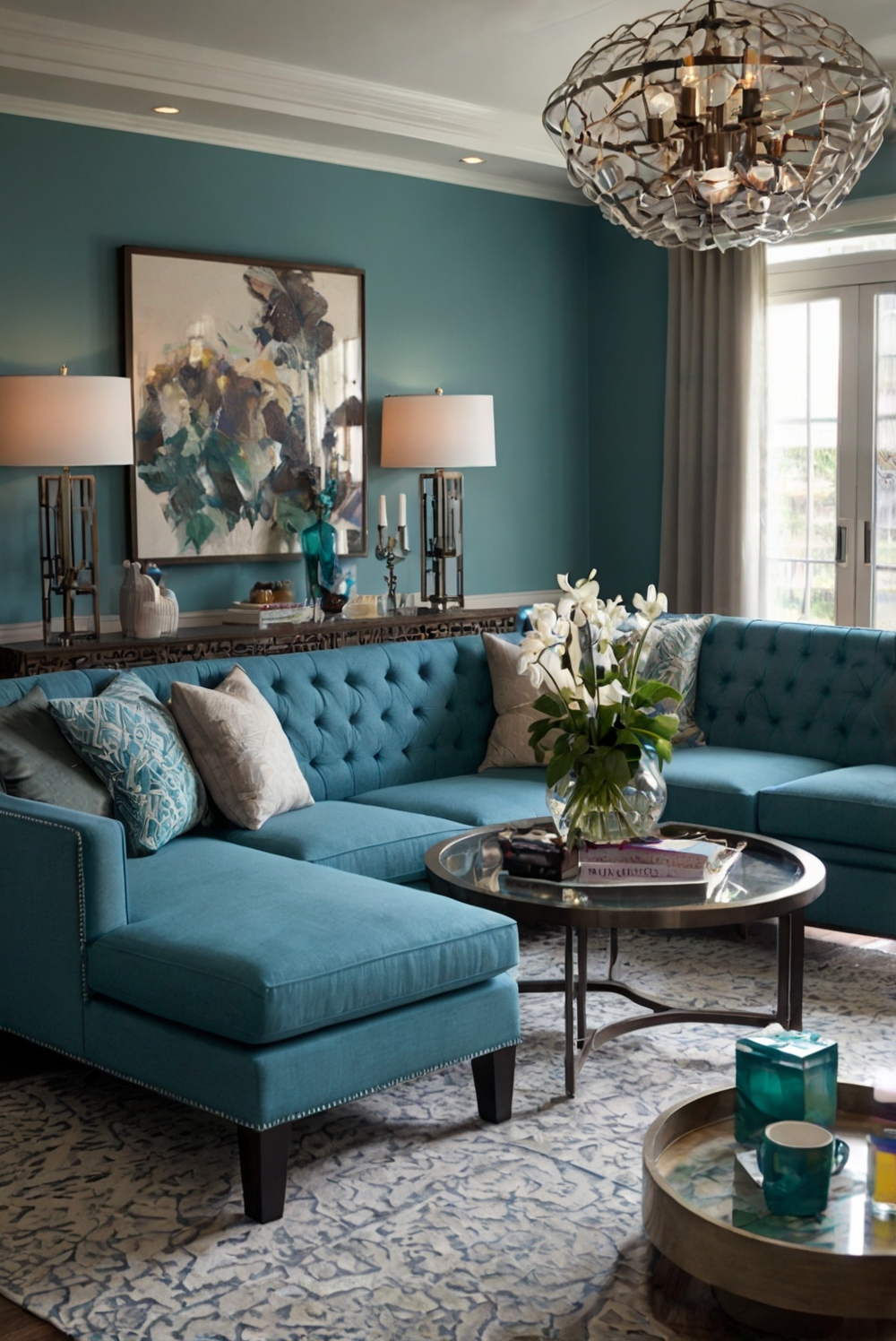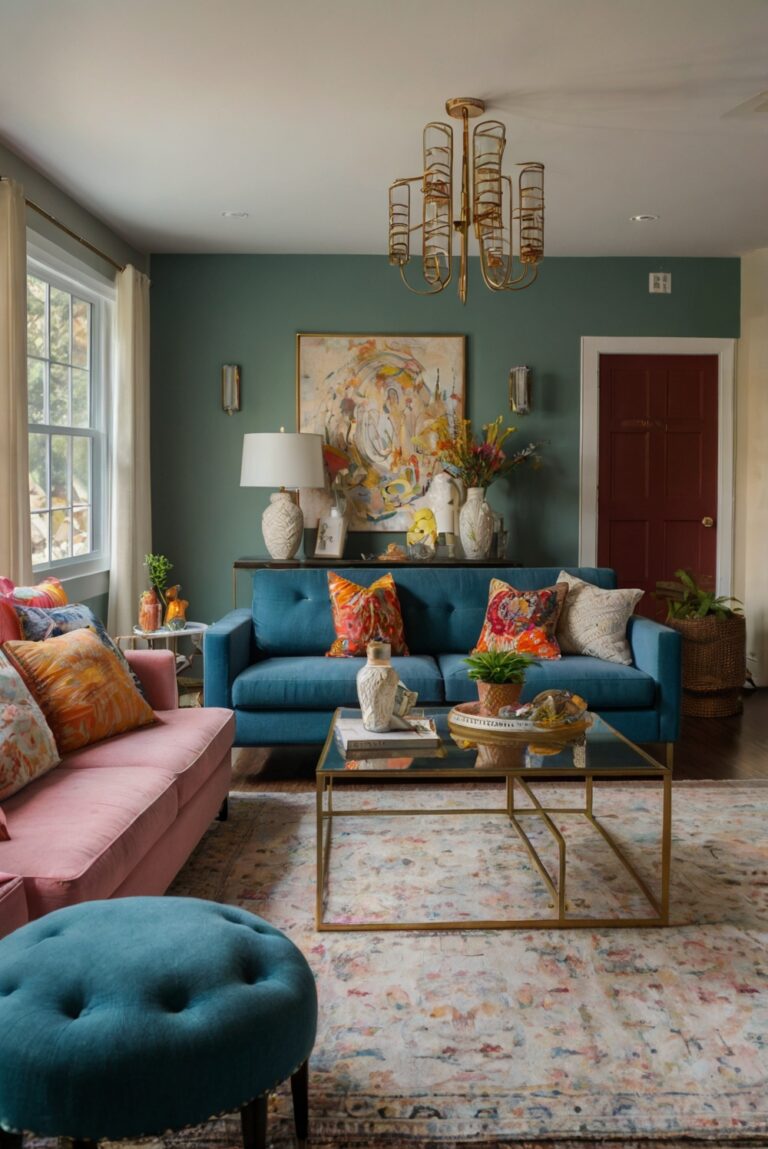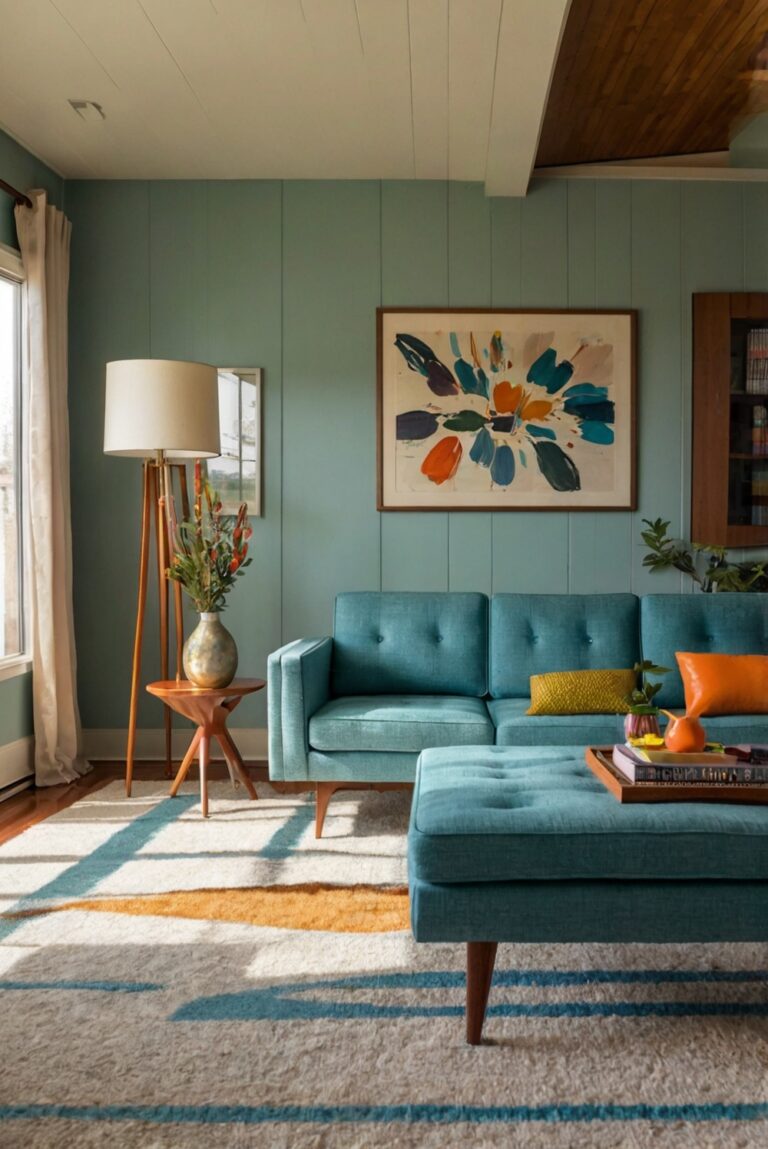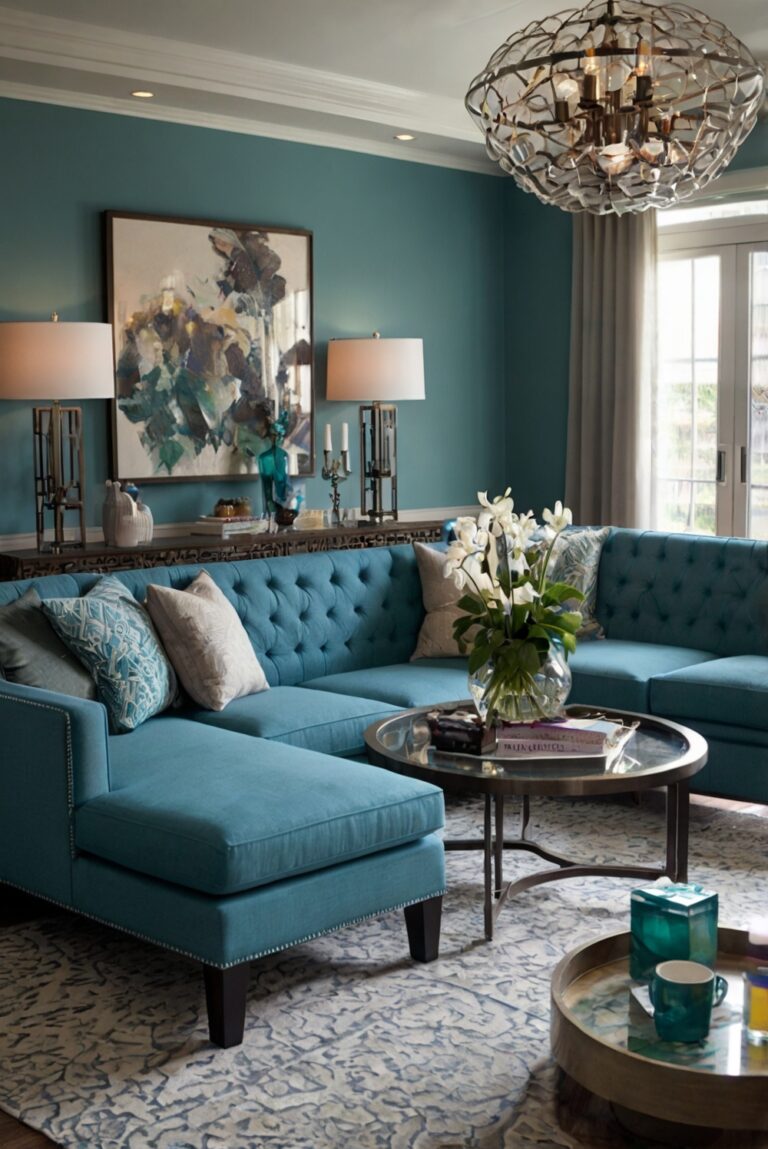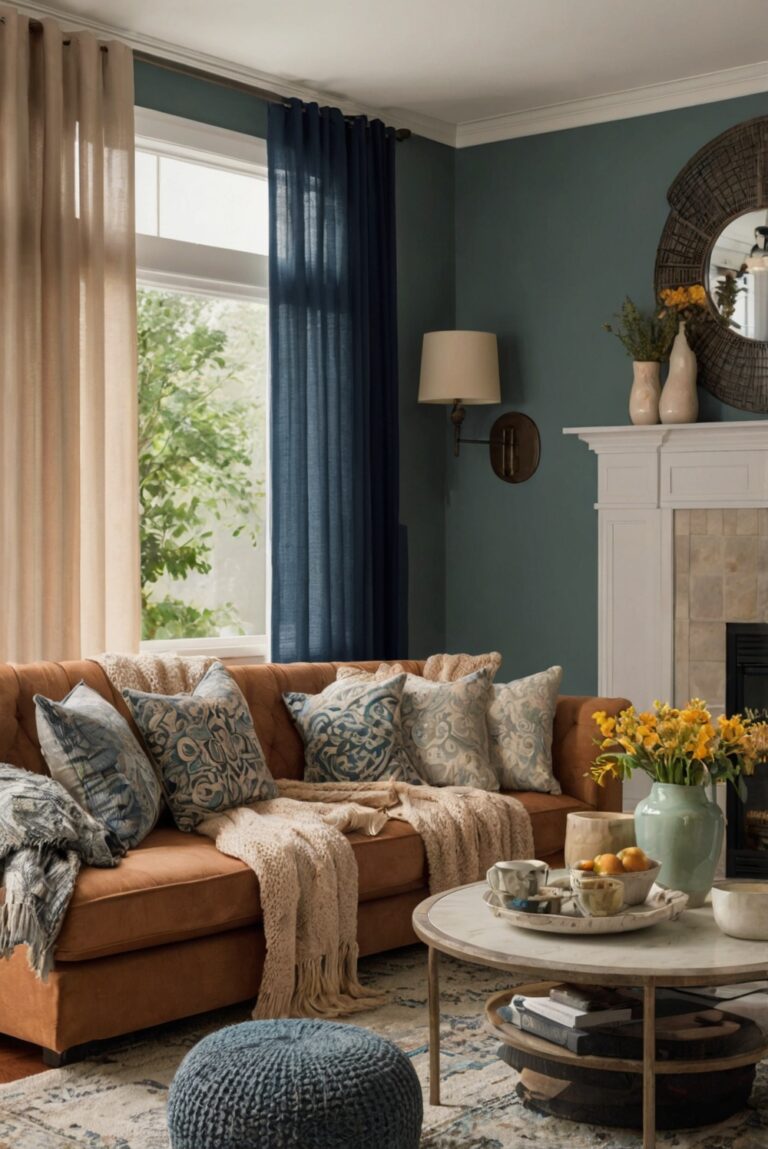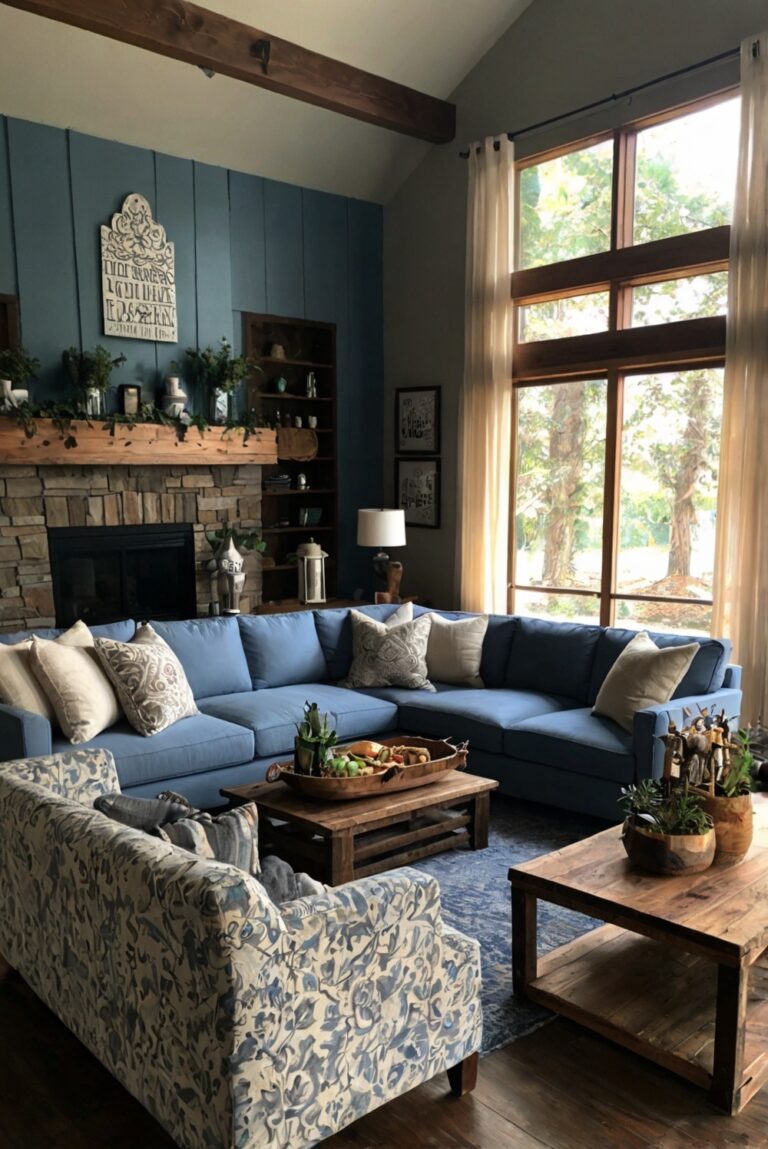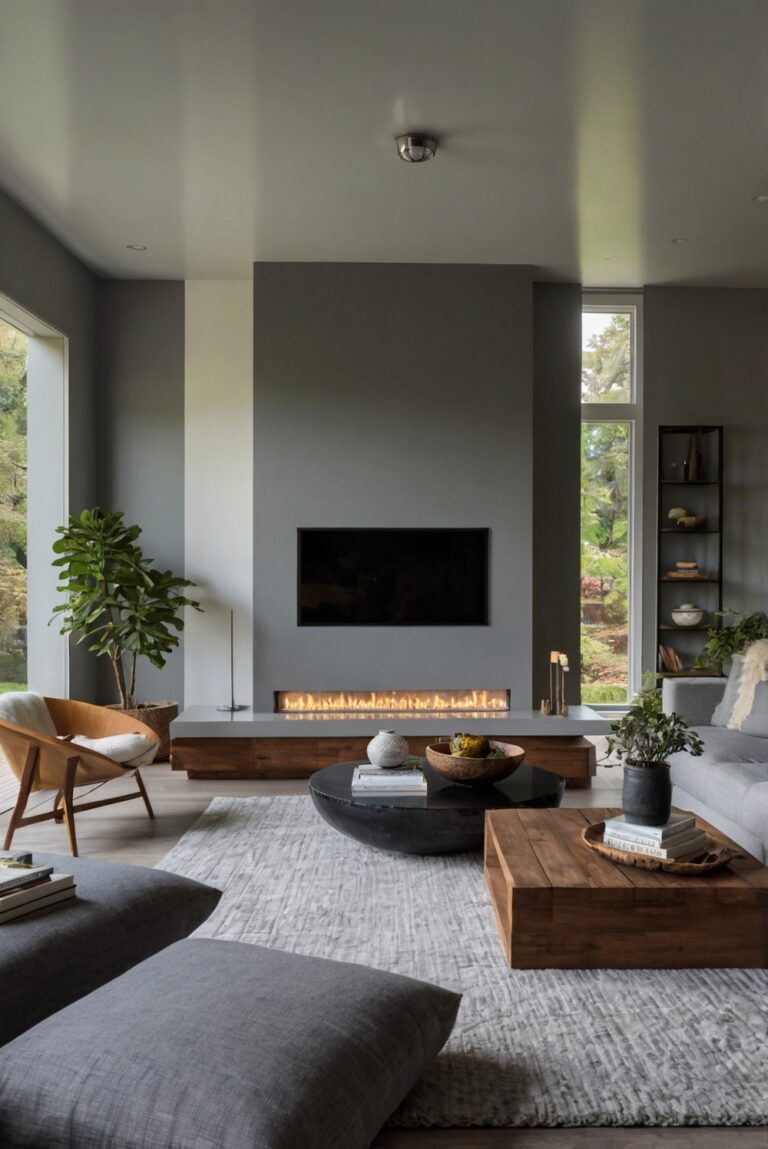Learn how to effortlessly blend various furniture styles in your living room with our daily interior designer routine and decor ideas. A harmonious space awaits!
To mix and match different furniture styles in the living room, start by choosing a dominant style or theme to guide your selection process. Mix complementary pieces that share a common color palette or material to create a cohesive look. Consider the scale and proportion of each furniture item to ensure they all work well together in the space. Balance bold statement pieces with more neutral designs to avoid overwhelming the room. Experiment with layering textures and patterns to add visual interest. Be mindful of the flow and function of the space by allowing for adequate walking paths and space for furniture placement. Stay true to your personal style while incorporating elements from various design styles to create a unique and harmonious living room decor.
How to Mix and Match Different Furniture Styles in the Living Room
Understand Your Style Preferences:
To successfully mix and match different furniture styles in your living room, it is crucial to first understand your style preferences. Consider the aesthetic you are trying to achieve and the colors, textures, and patterns that appeal to you. Identifying your style preferences will help you create a cohesive look while incorporating various furniture pieces.
Take Inventory of Existing Furniture:
Before purchasing new pieces or rearranging your living room, take inventory of the existing furniture you have. Determine which items you want to keep, which ones can be repurposed, and which pieces no longer fit your style. This step will help you visualize how different furniture styles can work together in your space.
Establish a Color Scheme:
Establishing a color scheme is essential when mixing and matching furniture styles. Choose a color palette that complements your existing pieces and reflects your style preferences. You can opt for a monochromatic scheme for a cohesive look or mix complementary colors for a more eclectic feel. Incorporating accent colors through accessories can tie diverse furniture styles together.
Consider Scale and Proportion:
When mixing different furniture styles in your living room, consider the scale and proportion of each piece. Avoid overcrowding the space with oversized furniture or using too many small pieces that can make the room feel cluttered. Aim for a balance in sizes and heights to create visual interest and maintain functionality.
Layer Textures and Materials:
To add depth and visual appeal to your living room, layer textures and materials when mixing furniture styles. Incorporate a mix of wood, metal, glass, and fabric elements to create a dynamic look. Combine smooth surfaces with textured finishes to add contrast and create a harmonious blend of styles.
In conclusion, mixing and matching different furniture styles in the living room can be a creative and rewarding process. By understanding your style preferences, taking inventory of existing furniture, establishing a color scheme, considering scale and proportion, and layering textures and materials, you can create a unique and cohesive space that reflects your personality and design sensibilities. Experiment with different combinations, trust your instincts, and have fun with the process to achieve a beautifully curated living room that showcases your individuality.
1. How can I mix and match different furniture styles in the living room?
Mixing and matching furniture styles in the living room can create a stylish and eclectic look. Start by choosing a dominant style or color scheme to anchor the room. Then, incorporate pieces from different styles that complement each other. For example, pair a modern sofa with a traditional coffee table for a balanced look. Mixing textures, patterns, and finishes can also add depth and interest to the space. Don’t be afraid to experiment and trust your instincts when combining different furniture styles.
2. What are some tips for mixing and matching furniture styles?
To successfully mix and match furniture styles in the living room, consider the scale and proportion of each piece. Balance large items with smaller ones to create visual harmony. Mixing different materials like wood, metal, and fabric can add variety and create a more dynamic space. Using a neutral color palette as a base can help tie together disparate styles. Don’t be afraid to mix vintage and modern pieces or combine different design eras for a unique and personalized look.
3. How do I avoid clashing furniture styles in the living room?
To avoid clashing furniture styles in the living room, focus on creating a cohesive design scheme. Choose a unifying element, such as a color, pattern, or theme, to tie together different pieces. Mixing styles that share similar design elements can also help create a more harmonious look. Consider the scale and proportion of each item to ensure they work well together. If in doubt, stick to a more neutral or monochromatic color palette to create a sense of continuity in the room.
4. Can I mix modern and traditional furniture styles in the living room?
Yes, mixing modern and traditional furniture styles in the living room can create a visually interesting and inviting space. To successfully blend these two styles, look for common elements that can bridge the gap, such as color, texture, or shape. For example, pair a sleek modern sofa with a classic wingback chair for a sophisticated contrast. Mixing in elements of both styles can create a balanced and eclectic look that reflects your personal taste and style preferences.
5. What are some examples of successful furniture style mixing in the living room?
Successful examples of mixing and matching furniture styles in the living room include combining a mid-century modern sofa with a rustic farmhouse coffee table. Another example is pairing a contemporary sectional with a traditional Persian rug for a cozy and eclectic vibe. Mixing in vintage pieces like a retro armchair or antique side table can also add character and charm to the living room. Experimenting with different furniture styles can help create a unique and personalized space that reflects your individual style and personality.

